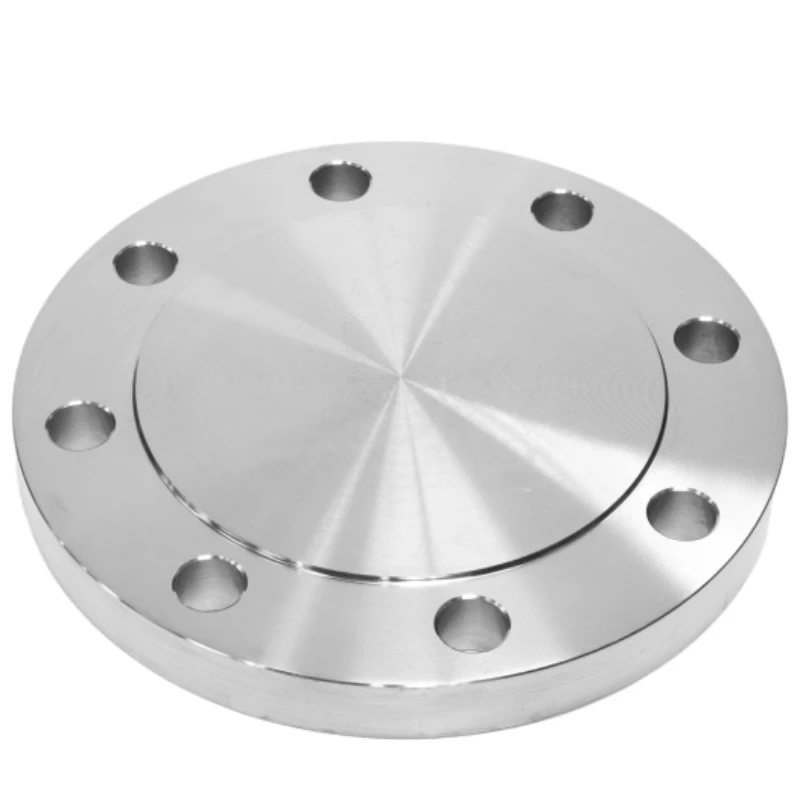-
Cangzhou Yulong Steel Co., Ltd.
-
Phone:
+86 13303177267 -
Email:
admin@ylsteelfittings.com
- English
- Arabic
- Italian
- Spanish
- Portuguese
- German
- kazakh
- Persian
- Greek
- French
- Russian
- Polish
- Thai
- Indonesian
- Vietnamese
- Zulu
- Korean
- Uzbek
- Hindi
- Serbian
- Malay
- Ukrainian
- Gujarati
- Haitian Creole
- hausa
- hawaiian
- Hebrew
- Miao
- Hungarian
- Icelandic
- igbo
- irish
- Japanese
- Javanese
- Kannada
- Khmer
- Rwandese
- Afrikaans
- Albanian
- Amharic
- Armenian
- Azerbaijani
- Basque
- Belarusian
- Bengali
- Bosnian
- Bulgarian
- Catalan
- Cebuano
- China
- China (Taiwan)
- Corsican
- Croatian
- Czech
- Danish
- Esperanto
- Estonian
- Finnish
- Frisian
- Galician
- Georgian
- Kurdish
- Kyrgyz
- Lao
- Latin
- Latvian
- Lithuanian
- Luxembourgish
- Macedonian
- Malgashi
- Malayalam
- Maltese
- Maori
- Marathi
- Mongolian
- Myanmar
- Nepali
- Norwegian
- Norwegian
- Occitan
- Pashto
- Dutch
- Punjabi
- Romanian
- Samoan
- Scottish Gaelic
- Sesotho
- Shona
- Sindhi
- Sinhala
- Slovak
- Slovenian
- Somali
- Sundanese
- Swahili
- Swedish
- Tagalog
- Tajik
- Tamil
- Tatar
- Telugu
- Turkish
- Turkmen
- Urdu
- Uighur
- Welsh
- Bantu
- Yiddish
- Yoruba

Jan . 01, 2025 04:51 Back to list
API 5L X52N Specification Overview for Steel Pipe Standards and Applications
Understanding API 5L X52N A Deep Dive into Pipe Specifications
API 5L X52N is a crucial specification within the pipeline industry, particularly pertaining to the construction and maintenance of oil and gas pipelines. This standard is part of the American Petroleum Institute (API) 5L specification, which defines the requirements for the manufacturing and testing of line pipes. The “X” in X52N indicates the yield strength level, which is 52,000 psi. The “N” denotes that the pipe is produced with a normalized heat treatment process, enhancing its strength and toughness for improved performance in demanding conditions.
What is API 5L?
The API 5L specification governs the manufacturing of steel line pipes that transport gas, water, and oil in the oil and gas industry. These pipes are essential for gathering, transporting, and distributing hydrocarbons over long distances. The specifications include various grades, including X42, X52, X60, and up to X80, each indicating a different level of yield strength. The higher the grade, the thicker and stronger the pipe, which is vital for specific applications.
Characteristics of X52N Pipes
X52N pipes are known for their excellent mechanical properties, which make them suitable for high-pressure and high-temperature applications. Key characteristics of API 5L X52N pipes include
1. Yield Strength With a minimum yield strength of 52,000 psi, X52N pipes are designed to withstand significant stress and strain, making them ideal for challenging environments.
2. Chemical Composition X52N pipes contain carbon, manganese, phosphorus, sulfur, silicon, and other elements. The controlled composition ensures that the steel offers the necessary toughness and corrosion resistance.
api 5l x52n

3. Heat Treatment The normalization process improves the microstructure of the steel, providing better mechanical properties and making the pipe more ductile. This treatment is especially beneficial in reducing residual stresses and improving toughness.
4. Weldability X52N pipes are designed with a focus on weldability, allowing for the efficient joining of pipes in the field, which is crucial for pipeline construction.
5. Dimensional Tolerances These pipes are manufactured to meet strict dimensional tolerances, ensuring consistency in thickness, diameter, and weight.
Applications of API 5L X52N
Given its robust characteristics, API 5L X52N is commonly utilized in various applications, particularly in the oil and gas industry. Some common uses include
- Transporting Natural Gas X52N pipes are employed in gas gathering and transmission systems, ensuring safe and efficient movement of natural gas. - Oil Transport They are also widely used for transporting crude oil and refined products, where high strength and resistance to pressure are essential. - Water Transmission In some cases, these pipes are used in water transmission systems, especially in projects where high pressure is expected.
Conclusion
In summary, API 5L X52N plays a pivotal role in the pipeline industry, providing a reliable solution for transporting hydrocarbons over long distances safely. The specification’s focus on strength, weldability, and toughness makes it suitable for demanding applications, promoting reliability and efficiency in pipeline systems. As the energy sector continues to evolve, the importance of adhering to such standards cannot be overstated, ensuring that infrastructure remains safe and efficient in meeting global energy demands. Understanding these specifications is key for engineers and project managers when designing and implementing pipeline projects that require durability, safety, and performance.
Latest news
-
ANSI 150P SS304 SO FLANGE
NewsFeb.14,2025
-
ASTM A333GR6 STEEL PIPE
NewsJan.20,2025
-
ANSI B16.5 WELDING NECK FLANGE
NewsJan.15,2026
-
ANSI B16.5 SLIP-ON FLANGE
NewsApr.19,2024
-
SABS 1123 FLANGE
NewsJan.15,2025
-
DIN86044 PLATE FLANGE
NewsApr.19,2024
-
DIN2527 BLIND FLANGE
NewsApr.12,2024
-
JIS B2311 Butt-Welding Fittings LR/SR 45°/90° /180°Seamless/Weld
NewsApr.23,2024











